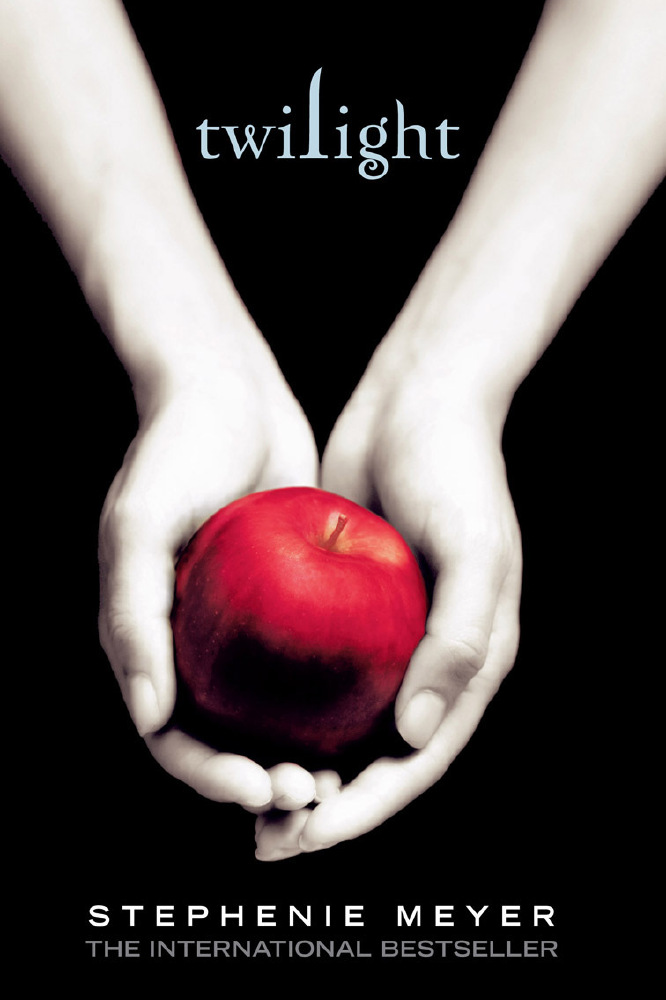
Twilight
Twilight is the first of the books in the Twilight series by Stephenie Meyer. The story follows 17-year-old Bella Swan as she moves from Phoenix, Arizona to Forks, Washington to live with her father after her mother remarries and goes travelling with her partner, a minor-league baseball player. On her arrival in Forks, she meets a boy called Edward Cullen and immediately drawn to him, but something is not quite right. As the narrative unwinds Bella discovers Edward is a is a vegetarian’ vampire, which means he drinks animal blood not human, and the couple fall “irrevocably in love”. All seems to be going well, until three nomad vampires pass through Forks and one of them starts hunting Bella for fun. The pace of the story is upped and their love is put to the test. The romance between Bella and Edward is told from Bella’s point of view, as she narrates the story from cover to cover. It evokes the belief in love at first sight and how Bella and Edward’s all-consuming love can overcome obstacles they may face, including threats to Bella’s mortality from other vampires.
It is understandable why this series of books is so popular with the teenage audience. It connects directly with them discussing the passion and promise a first love offers without patronising or mocking them. The book offers escapism into a world where the person you love, loves you back in the same hopelessly devoted way. In today’s world, where divorce is often more common than marriage, it’s no wonder that the youth want to cling to the idea that you can fall in love and stay that way “forever”. Bella and Edwards story gives hope to its readers, suggesting that everyone has a soul-mate; if they can make their impossible scenario work, why can’t others?
The main criticism the book has received is its religious undertones, which is very apparent when reading it. The book even opens with a quote from genesis; “But of the tree of knowledge of good and evil, thou shalt not eat of it: for in the day that thou eatest thereof thou shalt surely die. Genesis 2:17”. But while Mormonism is underlying all of the characters, Bella’s constant ‘mothering’ of her father, cleaning for him, cooking for him, and the like, it is easy to surpass and enjoy the narrative for what it truly is; an unlikely love story.
In reality, Twilight is not a vampire novel. It is a tale of star-crossed lovers, the Romeo and Juliet of this generation; it just so happens that one of them has been dead for almost a century. It is a revelation to vampire fiction; what was once a terrifying beast that preyed on the vulnerable and weak has become something to aspire too, something to behold and even love. This is why it is easy to describe the book as “a vampire story for those who don’t like vampire stories”, because the vampiric element to this narrative is a sub-plot, the main feature is the romance.
The main negatives of the book are the overly exaggerated descriptions of Edward’s perfect appearance, as well as Bella’s constant attempts at putting herself down in comparison; they become tiring after a while. Another issue readers may have is the believability of the romance; those with a sceptical view of the all-consuming love experienced by Bella and Edward will have trouble enjoying the book, and will probably find it more obsessive than anything. But it is heartily recommended for teenage girls, and should be considered a teenage coming-of-age essential read.
Check back tomorrow for a review of the second book in the Twilight Series, New Moon.
By Sophie Atherton @SophAthers

